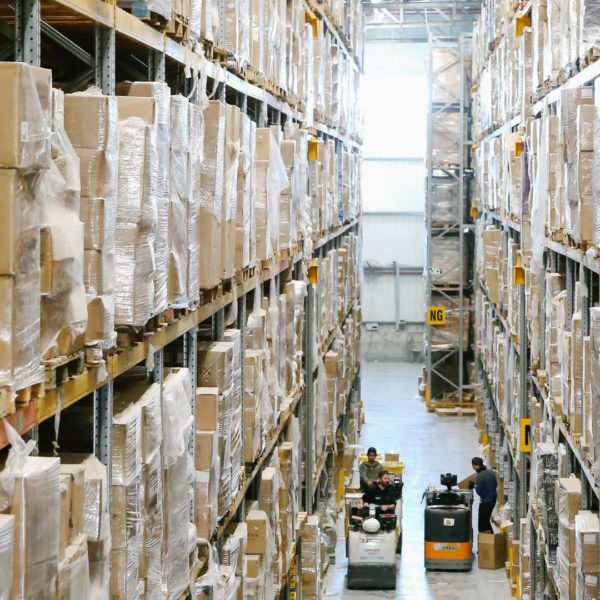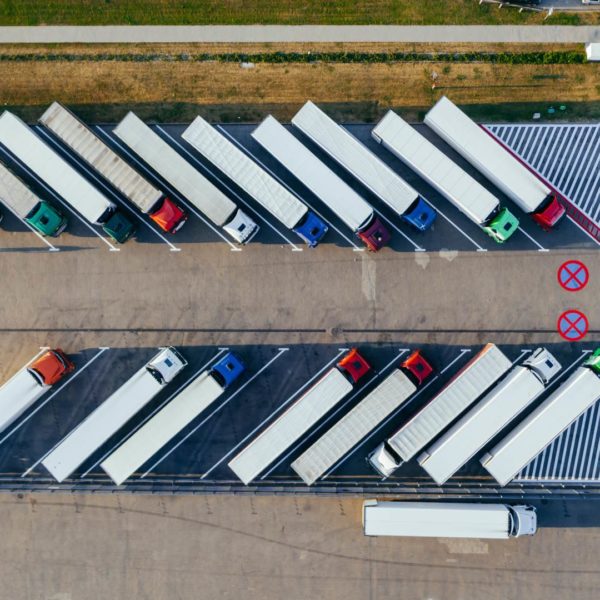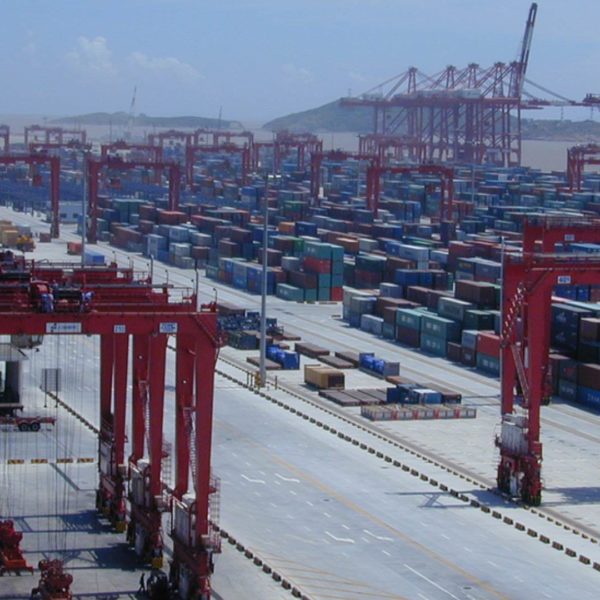Have you noticed empty shelves at your favorite grocery store?
A new wave of supply chain disruptions is hitting US grocers hard, resulting in a lack of food on the shelves of many large and small grocery retailers throughout the US.
Let’s take a look at the factors that are causing this shortage.
Omicron Covid Outbreaks
Just like with prior months in the pandemic, continued covid outbreaks and the rapid spread of the Omicron variant has meant that facilities experience a lack of personnel, which reduces output and throughput at food processing facilities, transportation hubs, and grocery store distribution centers. This is one of the critical factors that has affected food supply chains the most. The unpredictable nature of omicron breakouts and the rate at which it spreads means that food production facilities have little forewarning of potential outbreaks, and often once an outbreak is identified, a number of team members will be affected, heavily reducing available personnel.
While many companies are doing everything they can to promote safe working conditions and allowing those who can work from home, this isn’t a failsafe solution with omicron, in particular, spreading rapidly throughout the US currently. With many food products having relatively short shelf lives, it’s tougher for grocery and food firms to implement resiliency plans.

Trucking Prices
Trucking prices are significantly higher than in past years, this is due to a variety of issues, but driver shortages coupled with the supply and demand nature of the full truckload marketing have been the driving factors here. This lack of drivers has been highlighted through the holidays with many truckers taking time off.
Going forward, the driver shortage will continue to be a major issue, with the average age of US truck drivers increasing steadily in past years and many trucking carriers have struggled to replace the drivers that are retiring. It’s unclear how this issue will be resolved, it could come in the form of higher driver pay, more freight moving via intermodal railroad shipping, or even advanced technologies like truck platooning that will increase the amount of freight that a single driver can move.
Shippers presently have to be ready to pay dramatically more for domestic trucking, often 2-3x pre-pandemic levels.
Massive Demand
Just like with product shortages throughout the pandemic, the lack of supply is highlighted by increased demand, with fewer people eating out, grocery store demand is up.
Grocery delivery services are also more popular than ever, with many grocery providers also having developed plans that provide consumers the option to order online with curbside grocery pickup or shipping. This type of service will be here to stay even following the pandemic, with many preferring to be able to order groceries from their homes then arrange an easy curbside pickup. While this is an important option to maintain operations through the pandemic and help keep customers safe, it also requires more manpower, as the order fulfillment for either shipping or curbside pickup is more labor-intensive than shoppers doing their own shopping in the store location.
Possible Solutions
Covid safe workplace practices, while not perfect, will help to limit the spread of covid, thus helping keep workers healthy and able to maintain operations. Promoting vaccine adoption should also be a priority for firms that have critical operations that must be maintained. This is why numerous large firms including several class one railroads have made vaccines mandatory.
Supplier and transportation diversification is also an important strategy that can keep freight moving and needed materials available.
Spreading freight volume across multiple logistics providers, carriers and modes can help to prevent localized weather or driver shortages can be effective to maintain transportation and help to hedge costs. Incorporating intermodal shipping into long haul lanes can reduce freight costs and keep freight moving when capacity it nonexistent or very tight on certain lanes. Intermodal utilizes the long haul capacity and efficiency of railroads for the long haul portion of the trip. While trucking is required for the first and last mile between the shipper, receiver, and rail terminals, intermodal capacity is more guaranteed than over the road long haul trucking and pricing is much less volatile. Intermodal also can dramatically reduce freight spend on long haul lanes, making it an attractive addition to transportation plans.
Perishables and Produce
Diversifying your network of carriers is critically important for moving perishables and produce efficiently. Harvest seasons and location pairs can result in localized demand and pricing spikes for refrigerated transport. Planning this well ahead of time and building positive relationships with numerous smaller trucking carriers is a valid strategy to maintaining trucking capacity.

Expect the cost of many grocery items, particularly produce and meat to rise as many agricultural inputs are significantly more expensive than in years past. Upstream food supply chain producers like farmers are also struggling to control costs, maintain operations, and deliver product. Fertilizers, herbicides, and even agriculture equipment are massively more expensive due to pandemic-related supply chain disruptions. For example, there have been numerous reports that tractor manufacturers, much like automotive manufacturers, simply are unable to produce the volume of parts that are demanded, resulting in new and used equipment prices rising, in addition to a lack of replacement parts.
Shipper of choice
It’s important to note that for much of the US, truck drivers/carriers have the upper hand in terms of pricing and choosing which loads they decide to take. This means that you should do everything you can to build positive working relationships with the carriers and drivers moving your freight. Having minor refreshments, being proactive in planning loading time, efficient in docking appointments, minimizing driver wait, having nice bathroom facilities for drivers, etc all go a long way toward building a good relationship and helping you become a shipper of choice.
Technology integration
Integrating supply chain technologies like more accurate shipment tracking, facility/inventory management tools, and capacity access tools can all help to better prepare your supply chain for disruptions. It’s critical to plan shipment arrivals to prevent wasting driver time and creating an inefficient dock situation. This is even more important when manpower is limited. Proper planning with tracking technology can give you a heads up and allow contingency planning if necessary to keep freight moving.
Want a free lane and cost savings analysis? – Get in Touch!
Zmodal is a top intermodal shipping company providing door-to-door intermodal, and full truckload services nationwide throughout our digital supply chain dashboard which provides easy route searching, booking, document management, and analytics. CONTACT US if you want to lower your supply chain costs or want access to North American intermodal capacity.



